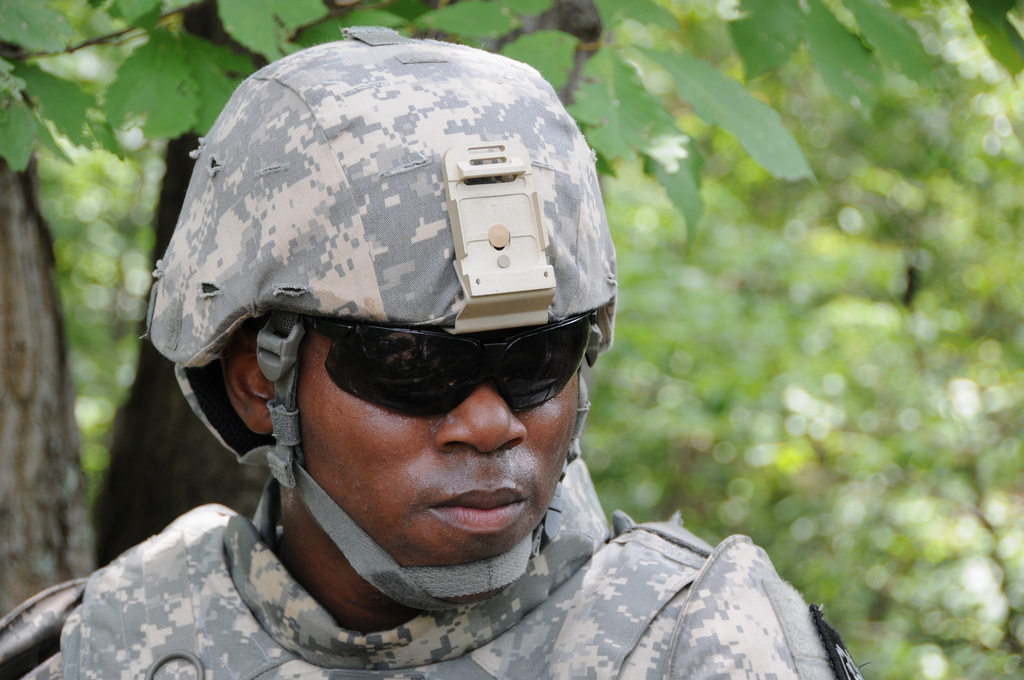Colourful polymers indicate injuries
Interview with
Head injuries have serious consequences, but it is often not realised how severe these injuries are at the time. After a bad accident, such as a rugby tackle gone  wrong or a bomb blast, symptoms might only appear later, after further damage has already been done. To get ahead of the problem, researchers have now developed a material that changes colour when a force is applied to it. If worn on a sports or army helmet, a change of colour would indicate how serious a head injury was, enabling appropriate action to be taken immediately. Professor Shu Yang at the University of Pennsylvania, who led the team, explained more to Amy Goodfellow...
wrong or a bomb blast, symptoms might only appear later, after further damage has already been done. To get ahead of the problem, researchers have now developed a material that changes colour when a force is applied to it. If worn on a sports or army helmet, a change of colour would indicate how serious a head injury was, enabling appropriate action to be taken immediately. Professor Shu Yang at the University of Pennsylvania, who led the team, explained more to Amy Goodfellow...
ShuYang - If you think about athletes playing in the football field or the soldiers at a battleground, oftentimes, they get hit on the head or on the body. So, we want to be able to detect a force so the medic or any of the person, the coach, they can look at the material, see the colour change then they can say whether this person, the head has been hit by a force which is too strong.
Graihagh - So, you could use this material in a sports field or in a battlefield to have on the helmet of a person and this will enable us to know if they've been hit on the head, how hard they've been hit?
Shu Yang - Yes, exactly.
Graihagh - When you apply a force to the plastic by squishing it for example, the underlying structure of the material changes. Just like when you squash a bit of paper in your hand, it deforms except as this plastic deforms, the change in structure means it reflects light differently thus changing the colour. Even better, you can choose a colour scheme. I like the idea of a traffic light system. A hard impact would cause your helmet to go bright red whereas green would mean you could play on.
Shu Yang - And so, once the whole size and shape is changed and light will be reflected differently. So, that's why the colour is being changed.
Graihagh - There have been materials made like this before, but what's different about yours. Why is yours special?
Shu Yang - Other people have also made inverse opals. So typically, they made a very squishy soft gel like rubbery materials or hydrogels. In this case, it's like you're putting a finger onto a rubber, so you deform the structure. Once you removed the finger, the rubber will bounce back. So, in this case, you won't be able to record the colour because the colour immediately returns to the original state.
Graihagh - Your material works at the right kind of forces that we would experience in a sports or military application.
Shu Yang - Exactly.
Graihagh - You seem to have gotten this material quite well worked out. How long will it take to get this into a commercial application until we start seeing this on the shelves?
Shu Yang - I think the material itself, the fabrication of the mature is well established. What I think is the need for further research and development is correlating this deformation or colour change to real brain injury. So, that's a long way to go, to demonstrate how we're actually using those materials to indicate how much damage the brain has received.










Comments
Add a comment